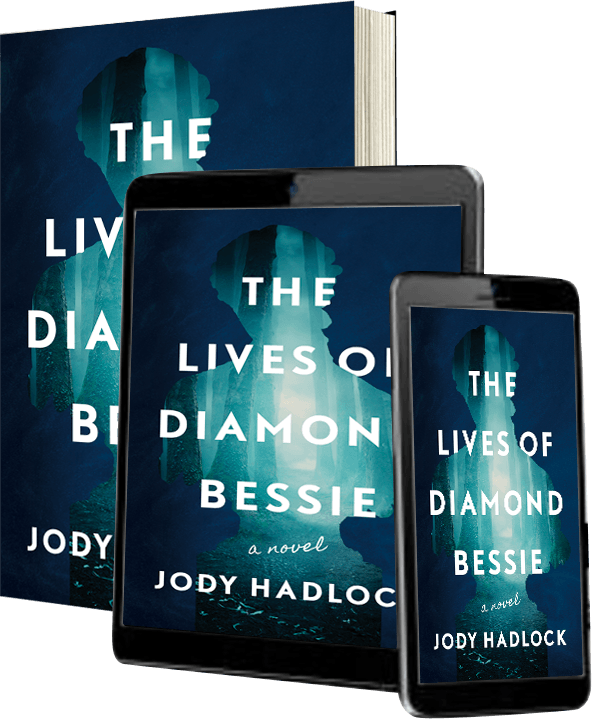Available in paperback, ebook, and audiobook
Inspired by a true story…
Pregnant out of wedlock, sixteen-year-old Annie Moore is sent to live at a convent for fallen women. When the nuns take her baby, Annie escapes, determined to find a way to be reunited with her daughter. But few rights or opportunities are available to a woman in the 1860s, and after failing to find a respectable job, she resorts to prostitution in order to survive.
As a highly sought-after demi-mondaine, Annie—now Bessie—garners many expensive gifts from her admirers and eventually meets and marries the son of a wealthy jeweler, a traveling salesman with a gambling problem. With her marriage, she believes her dream of returning to proper society has finally come true. She’s proven wrong when she suffers the ultimate betrayal at the hands of the man she thought would be her salvation. But Bessie doesn’t let her story end there.
Set against the backdrop of the burgeoning women’s rights movement, The Lives of Diamond Bessie is a haunting tale of betrayal and redemption that explores whether seeking revenge is worth the price you might pay.
Praise/Reviews
“Drawing on a true story, Hadlock uses authentic period detail and well-drawn characters to pull readers into Annie/Bessie’s precarious journey toward redemption, which comes to an unexpected ending. This affecting tale of a 19th-century American woman struggling to prove her worth other than as a marriage prospect leaves a lasting impression.”
—Publishers Weekly
“If you are looking for a compulsively readable novel, look no further than Jody Hadlock’s debut novel, which will leave you as breathless as a rollercoaster ride full of loops and turns. Fast-paced, richly observed, and populated with vibrant characters, The Lives of Diamond Bessie is un-put-downable.”
—Adrienne Brodeur, bestselling author of Wild Game: My Mother, Her Lover, and Me
“As fascinating as it is riveting as it is original, The Lives of Diamond Bessie is a compelling novel of historical suspense with a paranormal twist that will have you shivering. Bessie… is a character who will haunt you for all the right reasons—for her determination, her heart, and her soul. I was enthralled.”
–M.J. Rose, New York Times bestselling author of The Last Tiara
“Hadlock’s unvarnished, sympathetic portrayal makes Bessie’s hardscrabble existence all the more heart-wrenching and transforms Bessie into a feminist heroine. The Lives of Diamond Bessie is a picaresque, a courtroom drama, and a ghost story rolled into one, celebrating the heart and soul of a woman done wrong.”
–Mark Beauregard, author of The Whale: A Love Story
“In Hadlock’s genre-bending debut novel… [t]here’s an impressive deliberateness in the way that Hadlock presents her themes… The novel also skillfully uses foreshadowing to create a suspenseful atmosphere without giving the game away… An often engaging and inventive character study.”
–Kirkus Reviews
